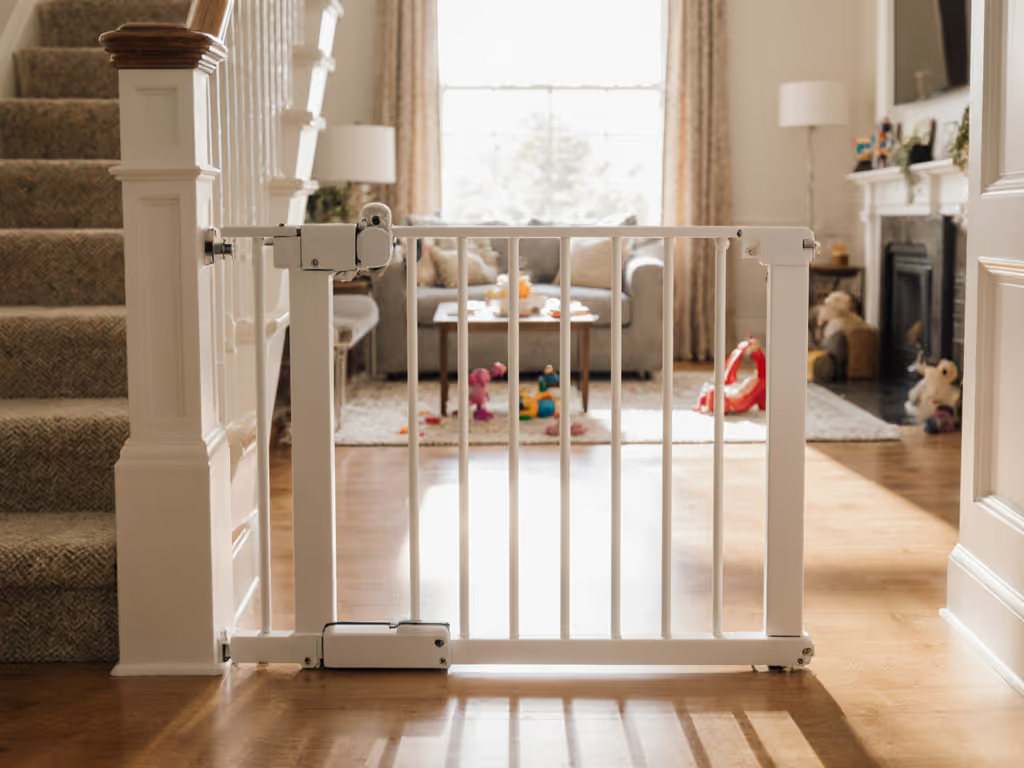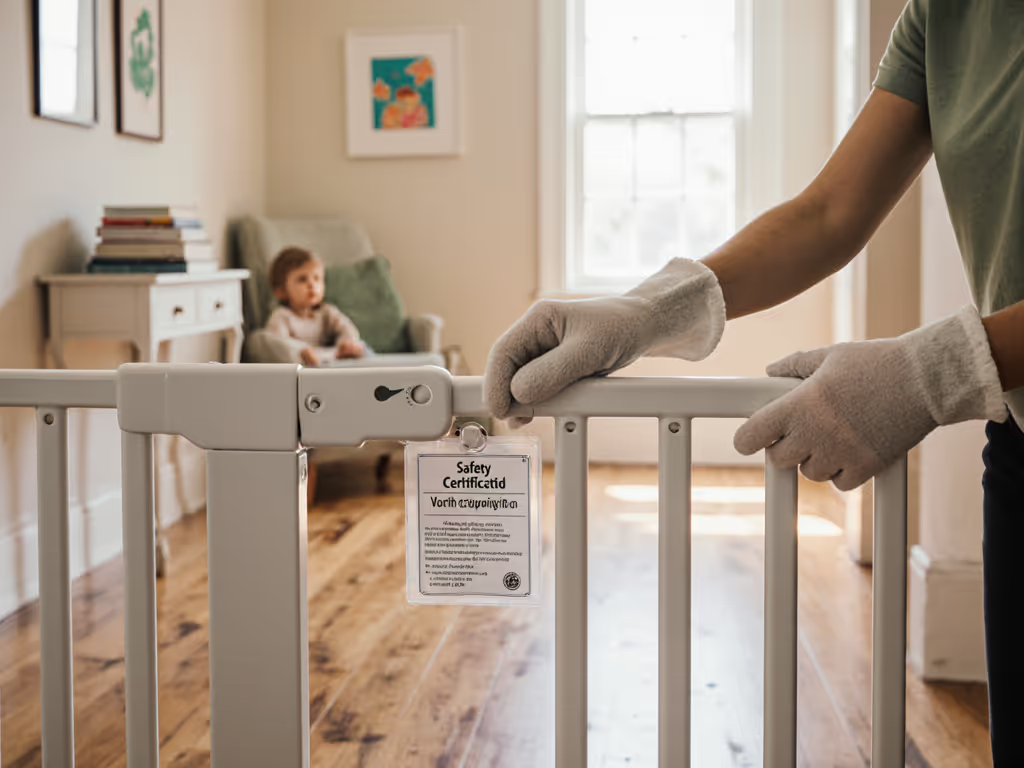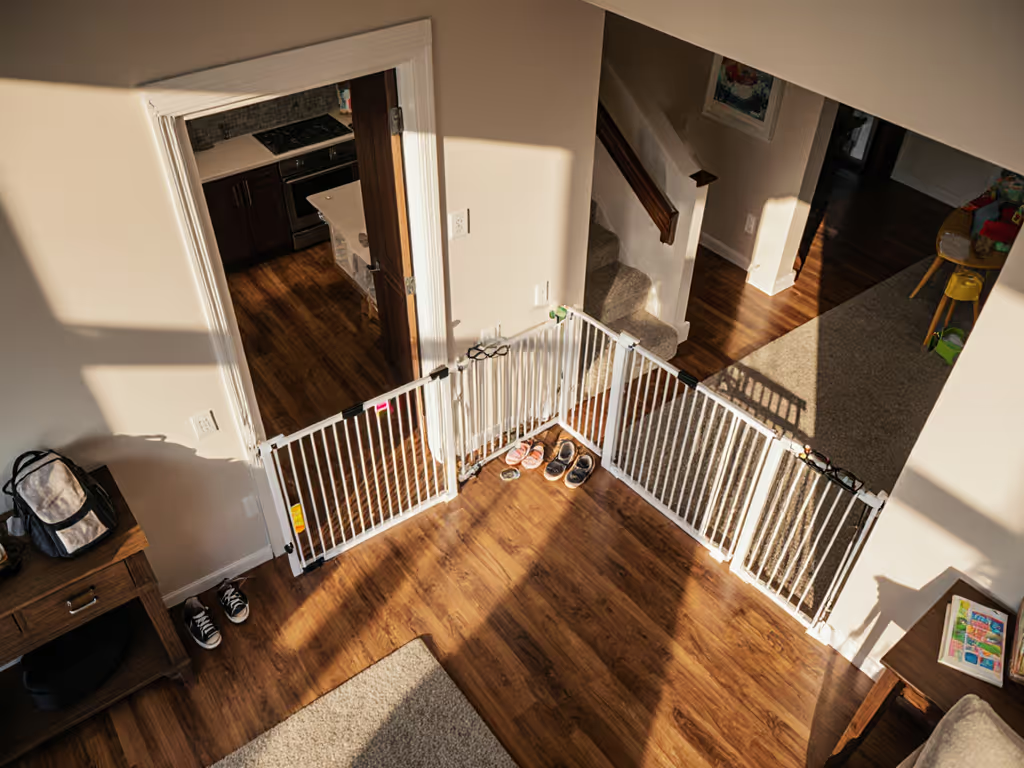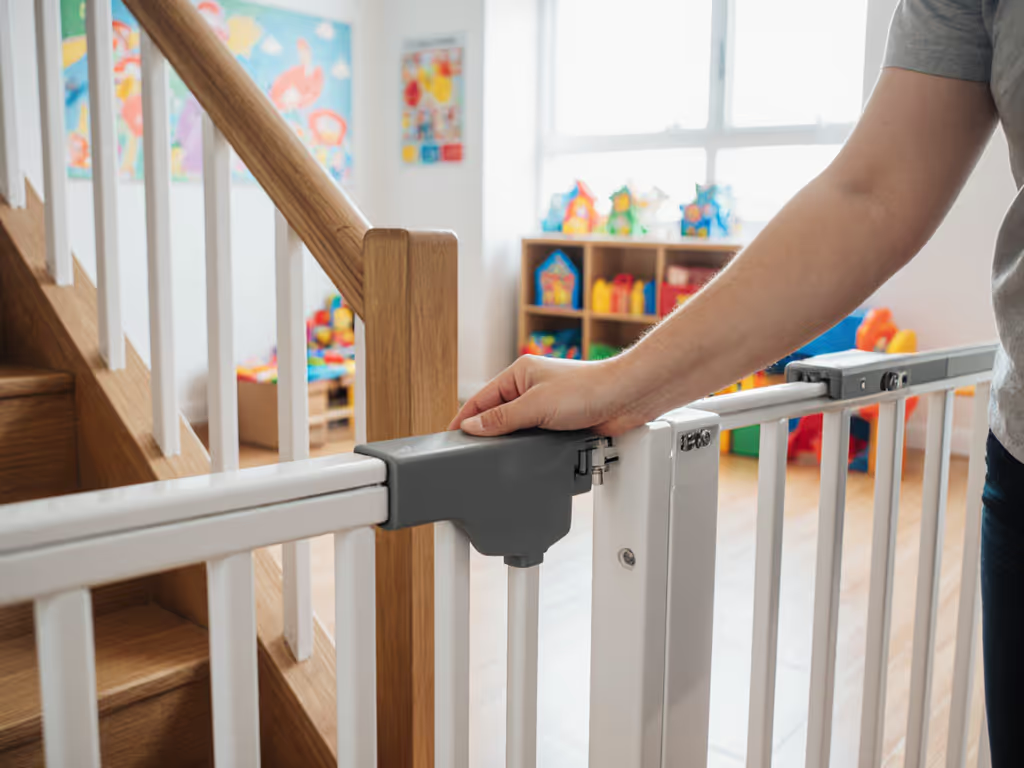
International Baby Gate Standards: What Parents Must Know
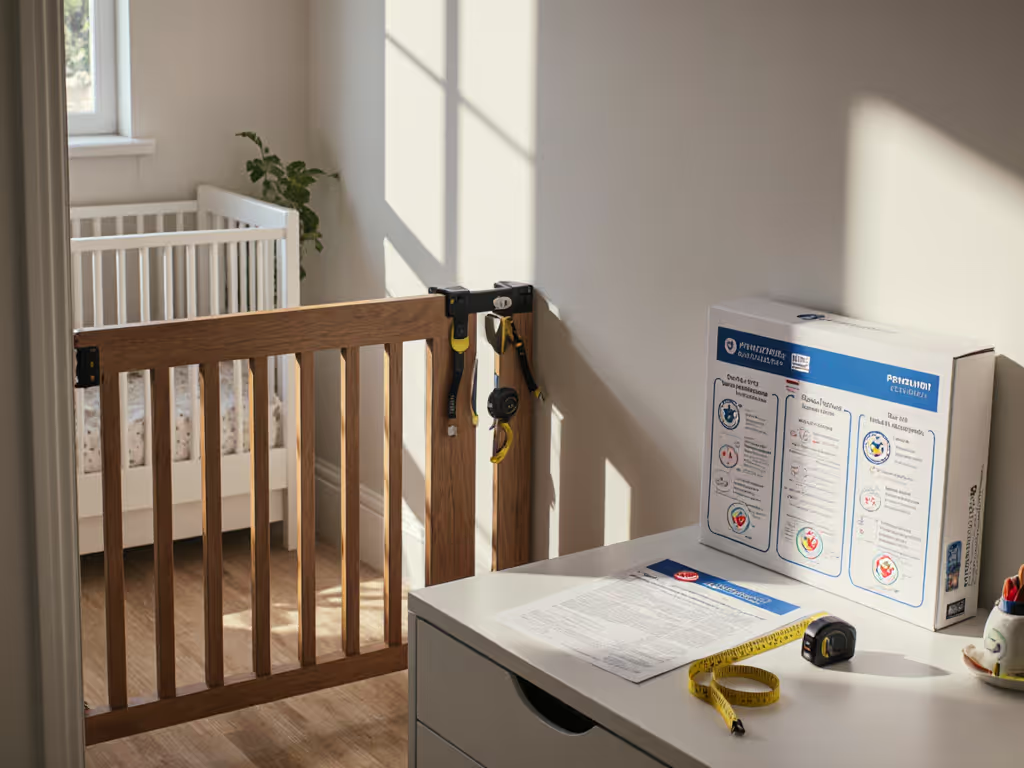
Understanding international baby gate standards and global safety certifications is your first step toward creating truly safe, low-friction routines in your home. When you're juggling toddlers, pets, and daily chaos, you need gear that works intuitively, not gear that only meets minimum requirements. Let's cut through the confusion with practical steps that align safety with real caregiving life.
Why Aren't There Universal Baby Gate Standards?
You've probably noticed: a gate sold in Germany might have different markings than one in Canada. That's because international safety differences exist by design. Unlike rigid construction codes, baby gate standards evolve regionally based on:
- Local injury patterns (e.g., staircase falls in multi-story European homes)
- Material regulations (lead content limits, chemical restrictions)
- Cultural caregiving practices (grandparent involvement, multi-pet households)
Critical insight: No single global standard exists. Australia notably lacks its own regulation (as confirmed by CPR Kids), while the EU and US lead with comprehensive frameworks. Your safety net depends on matching gear to your home's realities, not chasing "one perfect standard".
Decoding the EU's Gold Standard: What "CE Marking" Really Means
EU Baby Gate Regulations: Beyond the Logo
That CE mark on your imported gate? It's not a free pass. True compliance requires adherence to EN 1930:2011, the EU's rigorous benchmark for pressure-mounted and hardware-mounted gates. Here's what it actually tests:
- Head/hip entrapment prevention: Slats spaced 50-95 mm apart (no climbable gaps)
- 30-pound push-out force: Gates must withstand a toddler's full-body charge
- Zero protrusions: No sharp edges or snag points (even for curious fingers)
- Material safety: EN 71 compliance ensures non-toxic finishes (safe for teething)
Unlike generic "safety-tested" claims, legitimate EN 1930 certification includes third-party lab verification. Check for:
- Clear labeling: "Conforms to EN 1930:2011" (not just "CE")
- Manufacturer contact details (sketchy imports often omit these)
- Physical proof: Some brands like BabyDan publish test reports in manuals

BabyDan Premier Walk-Thru Gate
US Standards Demystified: Why ASTM F1004 Matters More Than You Think
The Push-Out Test Every Parent Should Demand
In the US, gates sold after July 2021 must comply with the CPSC's updated rule based on ASTM F1004. For a plain-English breakdown of these certifications and labels, see our JPMA vs ASTM safety certifications guide. This isn't just paperwork, it solves real pain points:
- Pressure-mounted gates now require visual side-pressure indicators (e.g., color-changing sensors showing proper tension)
- Height minimum: 22+ inches tall to prevent climbing
- Floor gap limit: <= 3 inches to stop toddlers from squeezing under
The game changer? That 30-pound push-out test applied at five critical points (including corners where wobbly gates fail). If your gate lacks a visible pressure indicator (like Safety 1st's SecureTech® red/green system), it likely predates 2021 standards and won't hold up under daily use.
How to Vet Imported Gates Without Getting Scammed
Spotting "Fake" Certifications in 3 Steps
"Imported gate safety" is a landmine for budget-conscious parents. Many cheap Amazon listings flaunt fake CE marks or "EU certified" claims. Protect yourself:
- Check the fine print: Legitimate gates list exact standard numbers (EN 1930, ASTM F1004), not vague terms like "safety approved"
- Verify manufacturer details: Search the brand + "EN 1930 test report." Reputable companies publish these.
- Test the gate yourself: Press firmly at knee height. If it shifts more than 1 inch, it fails the 30-pound test
Remember: A gate must state compliance on the product or packaging. "Meets safety standards" printed only on a website = red flag.
Your Action Plan: Turning Standards Into Safer Habits
Why Certification Alone Isn't Enough
I once coached a family where Grandma kept missing the latch, until we moved the handle to her dominant side and added a visual sticker. Low-friction habits prevent more mishaps than complicated gear. Standards ensure your gate can be safe. But consistent safety relies on your routines. If multiple adults care for your child, set a multi-caregiver gate safety protocol for consistency.
Critical Checks for Your Home (Beyond Labels)
- For stairs: Only hardware-mounted gates pass safety standards. Pressure mounts never belong at stair tops (a fact confirmed by CPSC injury reports). Get the full breakdown in our pressure vs hardware mount guide for stairs.
- For pets: Look for standards addressing "pinch points" (EN 1930 tests this explicitly). Dogs pushing gates often indicate failed tension, recheck that pressure indicator!
- For renters: Choose gates with adjustable wall cups (like BabyDan's) that disperse pressure without drilling. Patch drywall holes with toothpaste + baking soda (no deposit lost).
The 2-Minute Safety Reset
Reset the routine, not the will. Tonight:
- Test stability: Shake the gate firmly at hip height. Wobble = immediate replacement.
- Check gaps: Slide a toilet paper tube under the gate. If it fits, your toddler can squeeze through.
- Audit latches: Can a preschooler operate it? If yes, it's not childproof.
Making Safety Automatic (Not Anxious)
Global standards exist to protect your specific reality, whether you're navigating narrow Parisian staircases or open-plan Canadian homes. But international baby gate standards only work when they serve your flow. Choose gear meeting EN 1930 or ASTM F1004, then adapt it to your habits:
- Place latches where your dominant hand operates them
- Use visual cues (colored stickers) for non-English speakers
- Practice one-handed closes during snack time until they're muscle memory
Make safety the default, not the exception, every day. When your gate fits your life, not forces you to contort around it, you'll finally relax knowing zones are secure without hovering. That peace of mind? Worth every minute of smart setup.
Your Actionable Next Step: Before bed tonight, perform the 3-finger test (pressing firmly at gate corners) and check for exact standard numbers on your gate. If labels are missing or vague, bookmark this page. Tomorrow, we'll walk through finding certified replacements that blend with your home.

